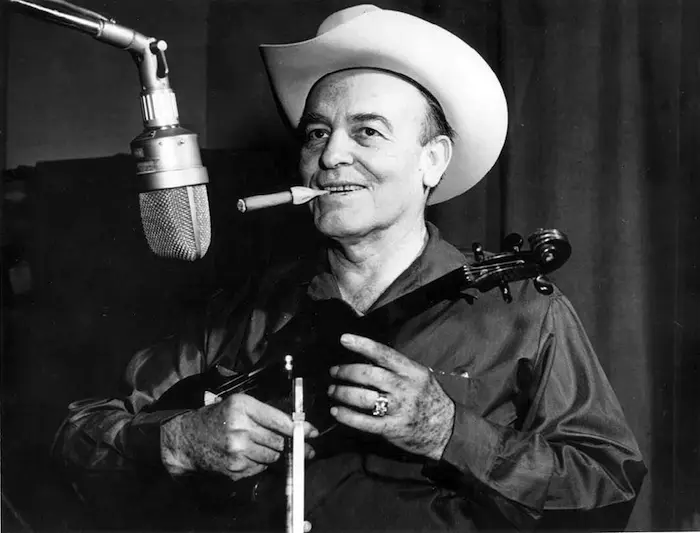In the realms of country, bluegrass, and folk music, the violin takes on a distinctive character and identity. Known widely as the “fiddle,” this instrument transcends its classical roots to become a cornerstone of various musical traditions. The fiddle is celebrated for its versatility, emotive power, and ability to bring communities together through music. This article explores the role and significance of the fiddle in country, bluegrass, and folk music, examining its historical context, stylistic features, and cultural impact.
I. Historical Context
The Evolution of the Fiddle
The term “fiddle” has been used interchangeably with “violin” for centuries, but its association with folk traditions predates the violin’s emergence in classical music. The origins of the fiddle can be traced back to early string instruments brought to America by European settlers. These early instruments evolved into the modern violin, but the term “fiddle” persisted in rural and traditional music settings.
The Fiddle in Early American Music
In the 17th and 18th centuries, the fiddle became a staple in American folk music. It was easily portable and versatile, making it ideal for social gatherings, dances, and communal celebrations. Fiddlers played a crucial role in the musical landscape of early America, contributing to the development of regional styles and repertoires.
II. The Fiddle in Country Music
The Rise of Country Music
Country music emerged in the early 20th century, drawing from folk, blues, and gospel traditions. The fiddle played a central role in shaping the sound of early country music, providing melodic lines, rhythmic drive, and emotional expression. Pioneering fiddlers like Eck Robertson and Fiddlin’ John Carson helped define the genre’s sound.
Fiddle Styles in Country Music
Country fiddling is characterized by its rhythmic bowing patterns, double stops, and slides. These techniques add a lively and dynamic quality to the music. Over time, regional styles developed, such as the Texas fiddle style, known for its smooth, long bow strokes, and the Appalachian style, which is more rhythmic and percussive.
Iconic Country Fiddlers
Several fiddlers have left an indelible mark on country music. Bob Wills, known as the “King of Western Swing,” incorporated jazz and swing elements into his fiddling, creating a unique and influential style. More recent fiddlers, like Mark O’Connor, have pushed the boundaries of country fiddling, blending it with classical and jazz influences.
III. The Fiddle in Bluegrass Music
The Birth of Bluegrass
Bluegrass music, which emerged in the 1940s, is a genre that combines elements of country, folk, and jazz. The fiddle is a vital component of bluegrass bands, providing both melodic leads and harmonic support. Bill Monroe, known as the “Father of Bluegrass,” emphasized the importance of the fiddle in his music.
Bluegrass Fiddle Techniques
Bluegrass fiddling is known for its fast tempos, intricate melodies, and improvisational solos. Techniques such as “shuffle bowing” and “cross-tuning” (retuning the strings to different pitches) are commonly used to achieve the distinctive bluegrass sound. The fiddle often takes on a call-and-response role with other instruments, creating a lively and interactive musical experience.
Legendary Bluegrass Fiddlers
Kenny Baker, often regarded as one of the greatest bluegrass fiddlers, was known for his smooth, melodic style and precise technique. Other notable bluegrass fiddlers include Vassar Clements, who brought a jazz influence to his playing, and Alison Krauss, whose virtuosity and emotive playing have garnered widespread acclaim.
IV. The Fiddle in Folk Music
The Roots of Folk Music
Folk music encompasses a wide range of traditions, from Celtic and Anglo-American ballads to African-American spirituals and work songs. The fiddle has been a central instrument in many folk traditions, valued for its ability to convey emotion and tell stories through music.
Folk Fiddle Styles
Folk fiddling is characterized by its diversity and regional variations. In Irish and Scottish folk music, the fiddle is often played with a distinctively ornamented style, featuring rolls, cuts, and other embellishments. In American folk music, styles such as old-time fiddling are prevalent, with a focus on dance tunes and communal playing.
Prominent Folk Fiddlers
Prominent folk fiddlers include Irish musicians like Martin Hayes, known for his soulful and meditative playing, and American fiddlers like Bruce Molsky, who has mastered a wide range of traditional styles. These musicians have helped preserve and popularize folk fiddle traditions around the world.
V. The Cultural Impact of the Fiddle
Community and Tradition
The fiddle has always been more than just an instrument; it is a symbol of community and tradition. In rural America, fiddlers were often the heart of social gatherings, providing music for dances, weddings, and other celebrations. This communal aspect of fiddling continues to thrive in various folk and bluegrass festivals and gatherings.
The Fiddle in Contemporary Music
Today, the fiddle continues to evolve and adapt to new musical contexts. Contemporary artists are blending traditional fiddle styles with modern genres, creating innovative and hybrid sounds. This ongoing evolution ensures that the fiddle remains a vital and dynamic part of the musical landscape.
See Also: The Origin of Bachata: A Musical Journey from the Dominican Republic
VI. Conclusion
The violin, or fiddle, holds a special place in country, bluegrass, and folk music. Its journey from European courts to American rural communities highlights its adaptability and enduring appeal. Whether driving the rhythm of a bluegrass band, adding a soulful touch to a country ballad, or bringing people together at a folk dance, the fiddle remains a powerful and emotive instrument. Its legacy is a testament to the rich and diverse traditions that continue to inspire musicians and audiences alike.

